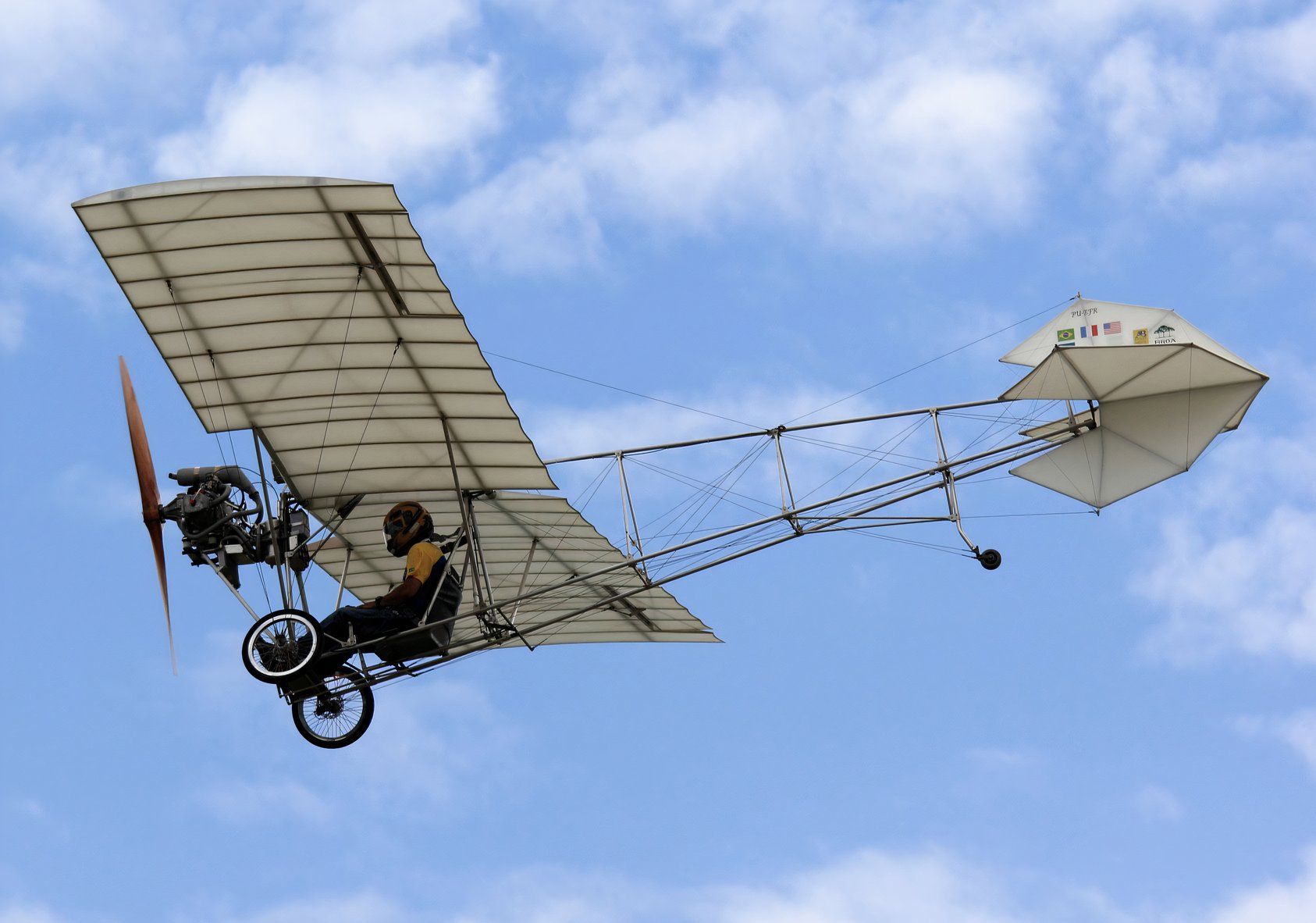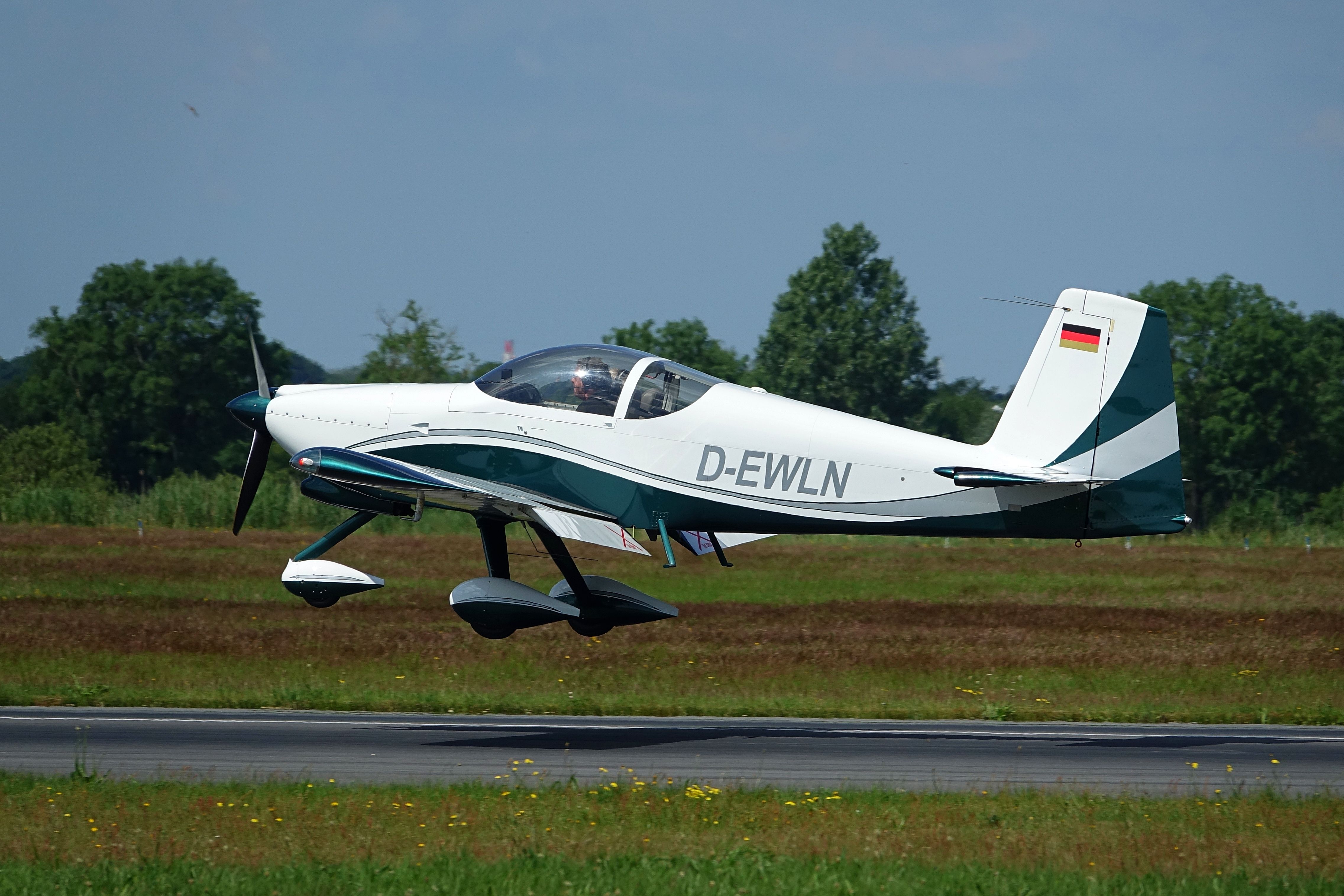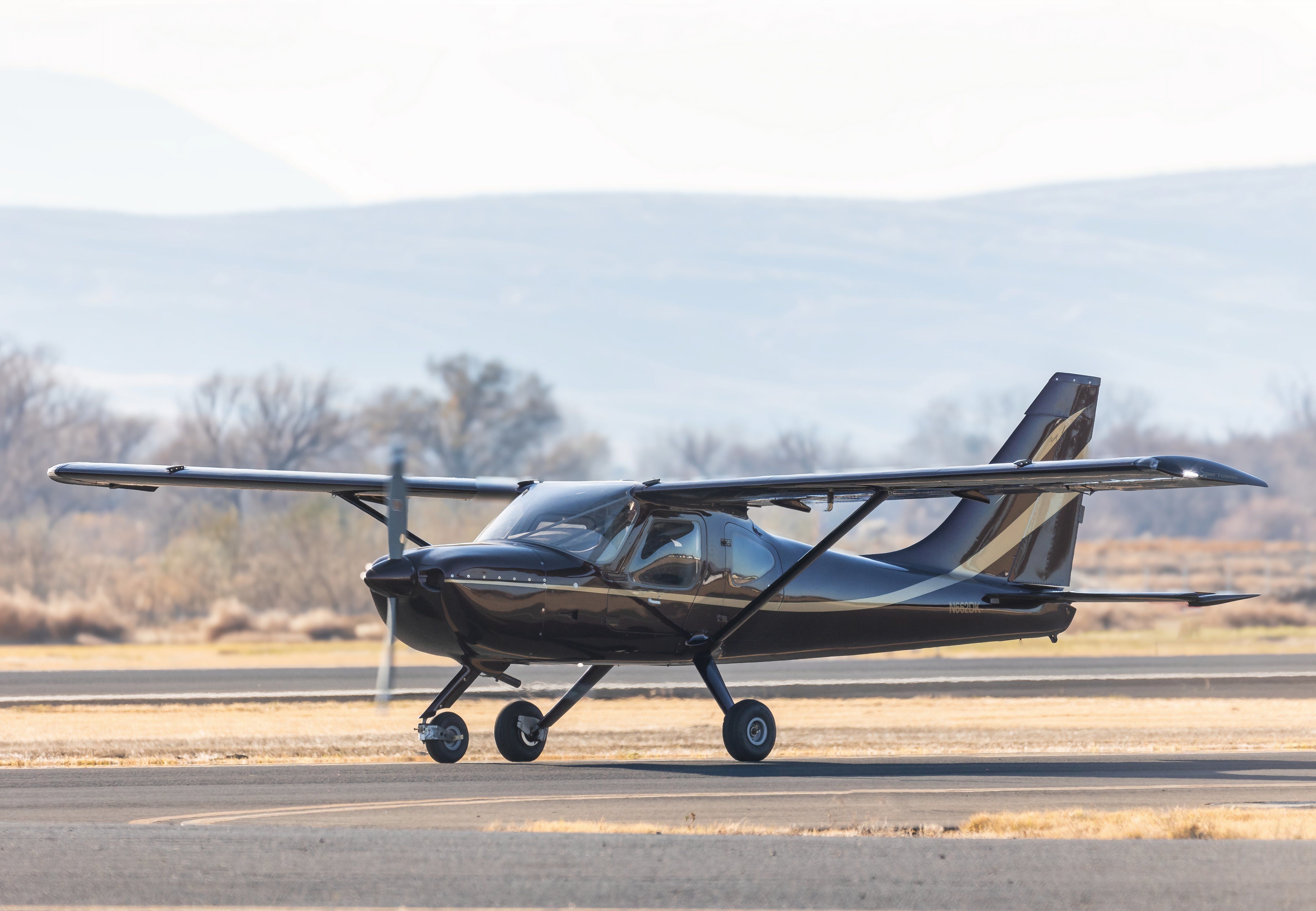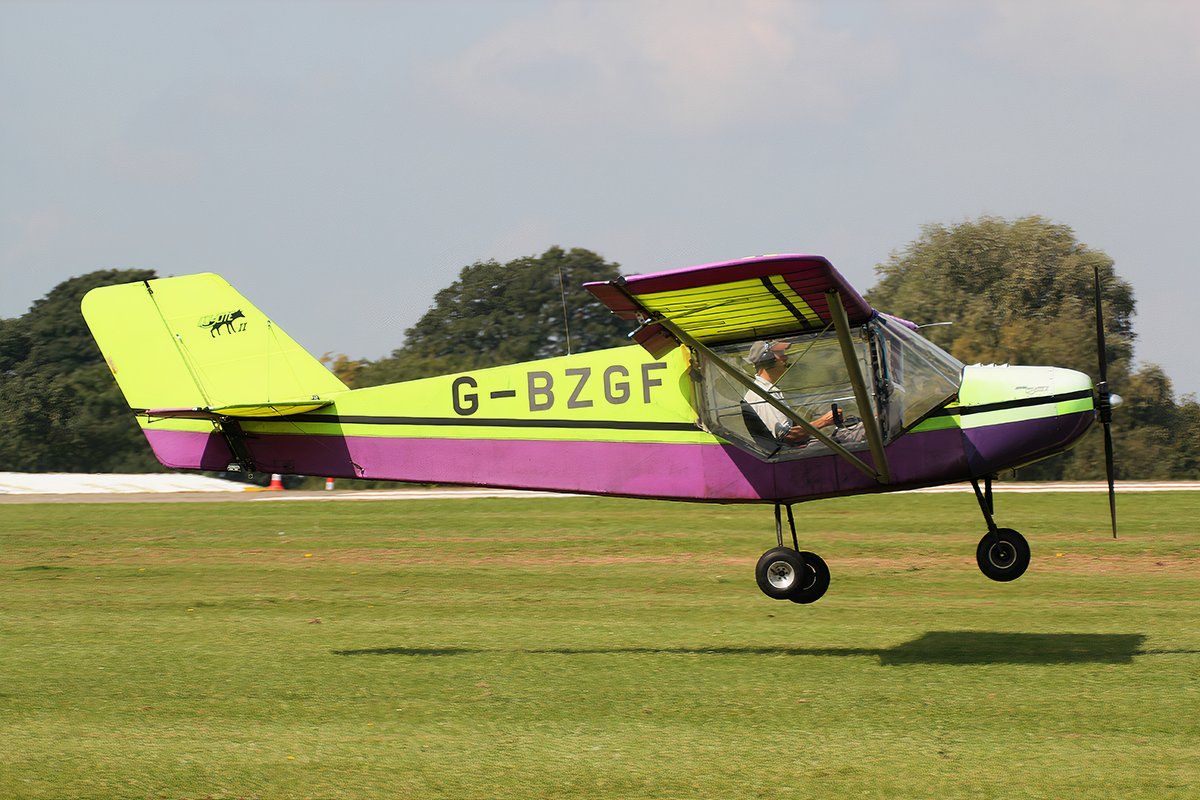The general aviation industry is a large market for various types of aircraft. This industry typically includes single-engine trainer aircraft, such as the popular Cessna 172 Skyhawk, the Piper Archer, the Beechcraft Bonanza, and the Cirrus SR22.
These piston-powered aircraft are typically considered entry-level aircraft, and many pilots learn to fly in similar types of aircraft. These are easy-to-fly aircraft that help early pilots get to fly and are relatively easy to control. Additionally, the general aviation industry also includes many types of turboprop aircraft. These are more expensive but also more powerful types of aircraft.
Some examples of turboprop aircraft include the Cessna Caravan, the Beechcraft King Air, the Pilatus PC-12, and the TBM 960, among others.
Beyond these smaller aircraft are much larger and more powerful business jets. These are typically used to shuttle executives and other wealthy travelers around the world, either utilized by an owner or traveling via a chartered flight.
These private jets range from very light business jets, like the Cessna Citation Mustang and the HondaJet, to ultra-long-range business jets, like the newly certified Gulfstream G700 and the largest purpose-built business jet, the Bombardier Global 7500.
At the other end of the general aviation spectrum are homebuilt aircraft. These aircraft, also known as kit planes, are defined as aircraft that are constructed by an operator who is not performing the build as a professional activity.
These aircraft are built from scratch, from plans, or from assembly kits provided by a manufacturer. These aircraft must be listed as experimental aircraft under regulations from the Federal Aviation Administration (FAA) or other governing aviation bodies. These aircraft cannot be built for profit and must be made for the builder’s own recreation. Let’s take a closer look at some unique kit aircraft that have been built over the years.
4
Santos-Dumont Demoiselle
Year introduced: 1907
|
Maximum capacity |
One pilot |
|---|---|
|
Length |
20 feet three inches |
|
Height |
Seven feet ten inches |
|
Wingspan |
18 feet |
|
Empty weight |
242 pounds |
|
Maximum speed |
52 knots (60 miles per hour) |
The Demoiselle is known as the first kit aircraft to be introduced. It was officially developed and sold in 1907, in the very early days of aviation. The designer of this aircraft, Alberto Santos-Dumont, built a lightweight single-engine aircraft. The aircraft had a very basic design, with a bamboo airframe that was completely open. It utilized a 30-horsepower Darracq liquid-cooled engine.
Santos-Dumont built the aircraft in 1907, but it was not until 1910 that the aircraft gained significant popularity. Another aviation pioneer, Roland Garros, learned to fly in the Demoiselle and found it extremely reliable.
Because of this, he convinced Santos-Dumont to publish drawings of his design in the June 1910 edition of Popular Mechanics. People around the world began building the aircraft to the published drawings, effectively making it the first kit aircraft.
3
Van’s RV-9
Year introduced: 2001
|
Maximum capacity |
One pilot and one passenger |
|---|---|
|
Length |
20 feet five inches |
|
Height |
Seven feet ten inches |
|
Wingspan |
28 feet |
|
Gross weight |
1,750 pounds |
|
Maximum speed |
171 knots (197 miles per hour) |
|
Range |
620 nautical miles (710 miles) |
Another more advanced homebuilt aircraft is the Van’s RV-9 series of aircraft. Van’s Aircraft and the lead engineer, Richard VanGrunsven, have designed several variants over the years. However, one of the company’s most popular kit aircraft is the RV-9.
This aircraft was first introduced in the early 2000s and is still being produced today. Since then, over 1,100 RV-9s have been built by customers all over the world.
Photo: Wirestock Creators | Shutterstock
The Van’s RV-9 is a low-wing aircraft with a bubble-style cockpit that seats two people side-by-side. It is powered by a Lycoming O-320 piston-engine, which provides the aircraft with 160 total horsepower. It is considered to be much more stable than early Van’s aircraft, and it is also much cheaper. In this kit, each of the components has pre-drilled holes that make it much easier to assemble. This ease of manufacturing has increased the popularity of the aircraft over the years.
2
Glasair Sportsman 2+2
Year introduced: 2003
|
Capacity |
One pilot and three passengers |
|---|---|
|
Length |
23 feet |
|
Height |
Six feet eleven inches |
|
Wingspan |
35 feet |
|
Gross weight |
2,350 pounds |
|
Maximum speed |
145 knots (167 miles per hour) |
|
Range |
721 nautical miles (829 miles) |
Another popular kit aircraft of the early 2000s is the Glasair Sportsman 2+2. This aircraft was first introduced in 2003. Glasair offers a unique way to assemble the aircraft with much of the aircraft coming in a kit that includes pre-assembled parts. It also provides owners with tools and jigs to help with the assembly. However, it still complies with the 51% assembly rule enforced by the FAA.
Photo: Nestor Salgado | Shutterstock
The basic design of the aircraft includes a fiberglass or carbon fiber fuselage and all metal wings and flight controls. It is powered by a Lycoming IO-360 engine, which provides the aircraft with 180 horsepower. The aircraft can also be equipped with floats or tundra tires.
1
Rans S-21 Outbound
Year introduced: 2018
|
Capacity |
One pilot and one passenger |
|---|---|
|
Wingspan |
28 feet |
|
Gross weight |
1,800 pounds |
|
Maximum speed |
130 knots (150 miles per hour) |
|
Range |
458 nautical miles (527 miles) |
In the late 2010s, Randy Schlitter of Rans Designs developed a new kit aircraft. This aircraft, known as the Rans S-21 Outbound, was first unveiled at EAA AirVenture Oshkosh in 2016. It was officially introduced in 2018, after it completed its maiden flight in December 2017.
The aircraft is designed to be built mostly with aluminum, including the fuselage skin and much of the wings and flight controls. It employs the advanced assembly method of coming with pre-drilled holes for easier assembly. It is powered by a Continental Titan X-340 engine, which has 180 horsepower. Many owners equip the aircraft with Tundra tires to use the aircraft as a bush aircraft, especially taking advantage of the short takeoff and landing (STOL) capabilities.





